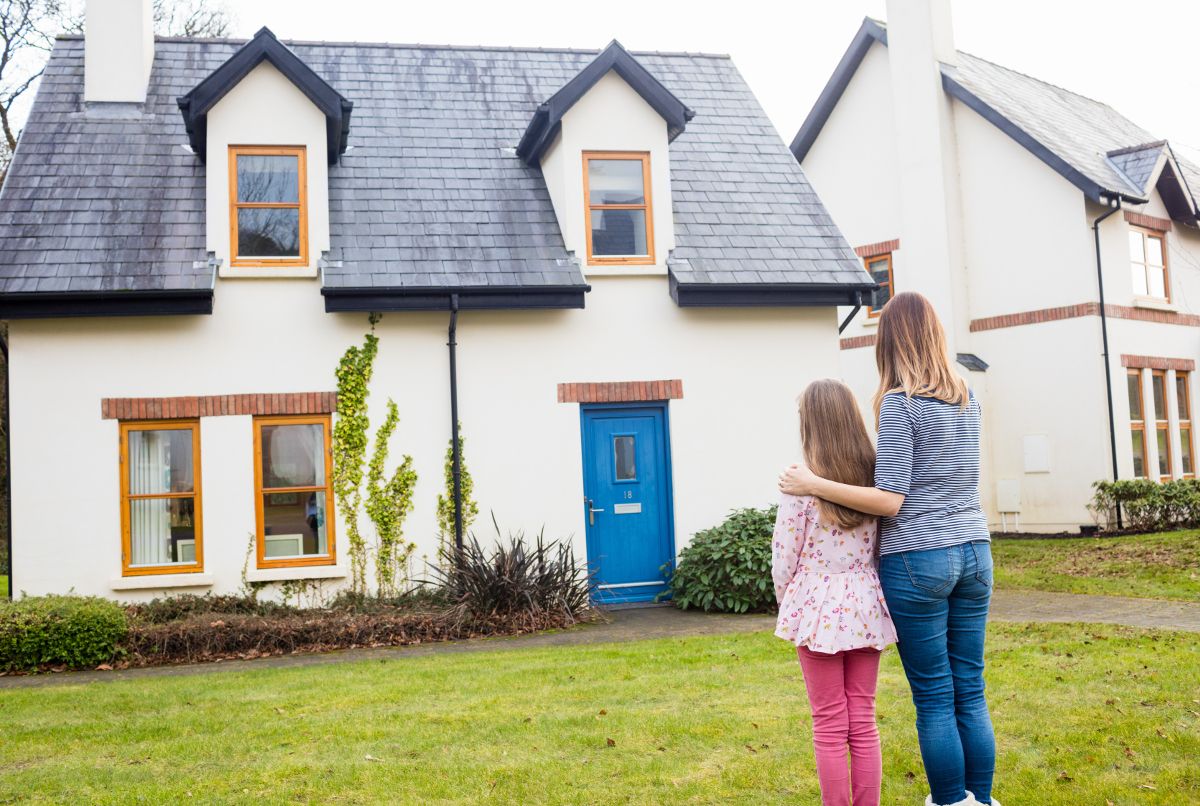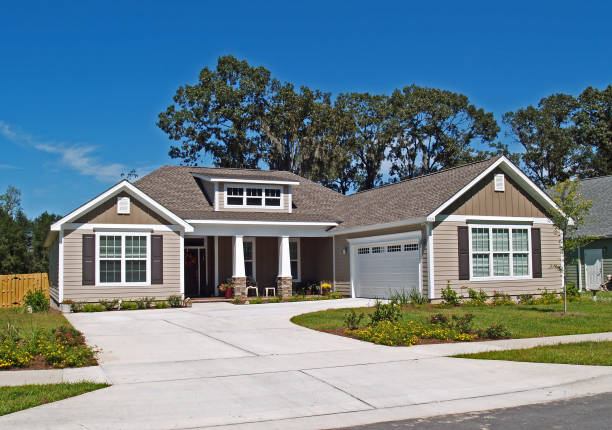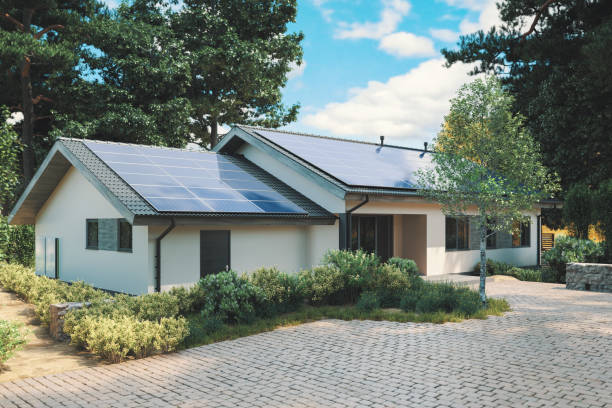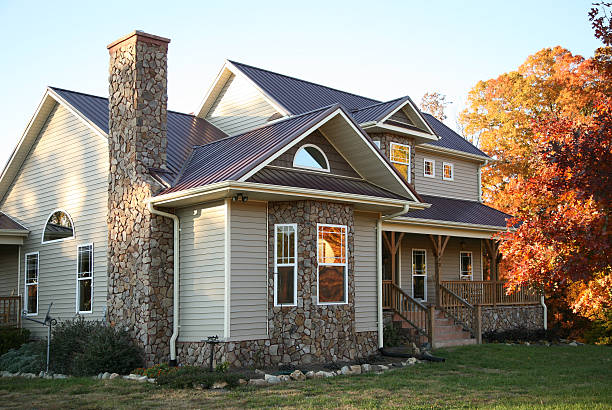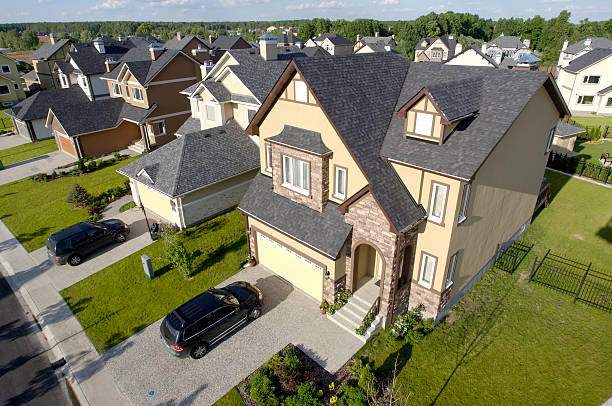Signs It’s Time to Replace Your Roof: A Homeowner’s Checklist
Your roof is one of the most vital components of your home. It shields you and your family from the elements, keeps your home insulated, and contributes to your property’s overall value. However, like everything else, your roof has a lifespan, and eventually, it will need to be replaced. Understanding the signs that it’s time for a roof replacement can save you from unexpected costs and significant damage down the road.
In this article, we’ll go over the key signs that indicate it’s time to replace your roof and provide a homeowner’s checklist to help you assess the condition of your roof.
Age of the Roof
The age of your roof is the first factor to consider. Most roofs, depending on the materials, will last between 20 to 50 years. For example:
- Asphalt shingles generally last 20 to 30 years.
- Wood shingles can last 30 to 40 years.
- Metal roofs can last 40 to 70 years.
- Slate or tile roofs can last 50 years or more.
If your roof is nearing the end of its expected lifespan and you’ve noticed other warning signs, it’s a good idea to start thinking about a replacement before problems become severe.
Missing or Damaged Shingles
One of the most obvious signs that your roof may need replacement is missing or damaged shingles. Shingles can be damaged by wind, hail, or simply wear and tear over time. If you notice that multiple shingles are cracked, curled, or missing, your roof’s protection is compromised, and it might be time to consider replacing it.
What to look for:
- Curled or buckled shingles
- Cracked shingles
- Missing shingles or large sections of shingles
- Shingles that are falling off or have come loose
Water Damage or Leaks in the Attic
If you notice water stains on your ceiling or walls inside your home, this is a major red flag. Water leaks through your roof can result in significant damage to your home’s structure, insulation, and belongings.
What to look for:
- Dark stains on the ceiling or walls
- Wet or damp insulation in the attic
- Puddles of water in your attic
- Mold or mildew growth in the attic or on the ceiling
If you detect water damage, it’s essential to have a professional inspect your roof immediately to determine the extent of the damage and whether a replacement is necessary.
Sagging Roof Deck
A sagging roof deck is one of the most serious signs that a roof replacement is needed. This could indicate structural issues, which may be caused by water damage, prolonged wear, or an improperly installed roof.
What to look for:
- Visible dips or sagging in your roof
- Soft spots on the roof when you walk on it (indicating weakened areas)
If your roof is sagging, it’s crucial to contact a roofing professional as soon as possible. A sagging roof can compromise the safety of your home and family.
Granules in the Gutters
Asphalt shingles lose granules over time, and you may notice granules collecting in your gutters. While a small amount of granule loss is normal, a significant accumulation can be an indicator that your shingles are deteriorating, which may mean your roof is nearing the end of its life.
What to look for:
- Excessive granules in the gutters
- Dark, bald spots on the shingles (indicating that the protective layer is wearing away)
If you find large amounts of granules in your gutters, it’s a good idea to have your roof inspected by a professional.
Increased Energy Bills
A failing roof can impact your home’s insulation, leading to higher energy bills. If your roof is not providing adequate protection, heat can escape in the winter and enter in the summer, causing your HVAC system to work harder.
What to look for:
- Higher-than-usual energy bills despite using the same amount of heating or cooling
- Drafts or temperature fluctuations inside your home
If your energy bills are rising and you’ve already checked other potential causes, such as insulation or window sealing, your roof might be contributing to the problem.
Algae, Moss, or Fungi Growth
If you notice algae, moss, or fungi growing on your roof, this could signal that your roof is retaining moisture and may be deteriorating. While moss growth is more common in damp or shaded areas, it can lead to further roof damage if not addressed promptly.
What to look for:
- Green or black streaks on the roof
- Moss or algae growth, particularly in shaded or damp areas
If the algae or moss is widespread, it’s a sign that moisture is getting trapped, which can cause the roof to degrade prematurely.
Excessive Sunlight in the Attic
If you notice that sunlight is coming through your attic, this could be a sign that your roof’s shingles are damaged or that there are gaps in your roofing system. This exposure can lead to further water damage and a higher risk of leaks.
What to look for:
- Visible light coming through the roof in the attic
- Gaps or holes in the roof deck
Climbing Moss, Algae, or Fungi Growth
When moss or algae grows across the roof, they often trap moisture between the growth and shingles, contributing to roof deterioration. If you notice extensive moss, algae, or fungi, it may be time to consider a roof replacement to avoid further damage.
What to look for:
- Growth of algae, fungi, or moss across the roof
- Signs of rotting, decay, or increased wear around these growths
Frequent Roof Repairs
If you find yourself needing to call a roofing professional regularly for repairs, it’s a sign that your roof may be in a constant state of disrepair and nearing the end of its lifespan. Instead of continuing to patch up small issues, it’s often more cost-effective to replace the roof altogether.
What to consider:
- Multiple repairs over a short period
- Higher repair costs than usual
Conclusion: Make the Right Decision for Your Home
The roof is one of the most critical parts of your home, and neglecting it can lead to costly damage and repairs. By being proactive and watching for the signs outlined in this checklist, you can determine when it’s time to replace your roof.
If you notice any of these warning signs, it’s best to contact a professional roofing contractor for an inspection. They can assess the condition of your roof, provide expert advice, and help you make the right decision for your home’s safety and protection.
Regular maintenance and timely roof replacement can save you money in the long run, ensure the comfort and safety of your family, and increase the longevity of your home.

